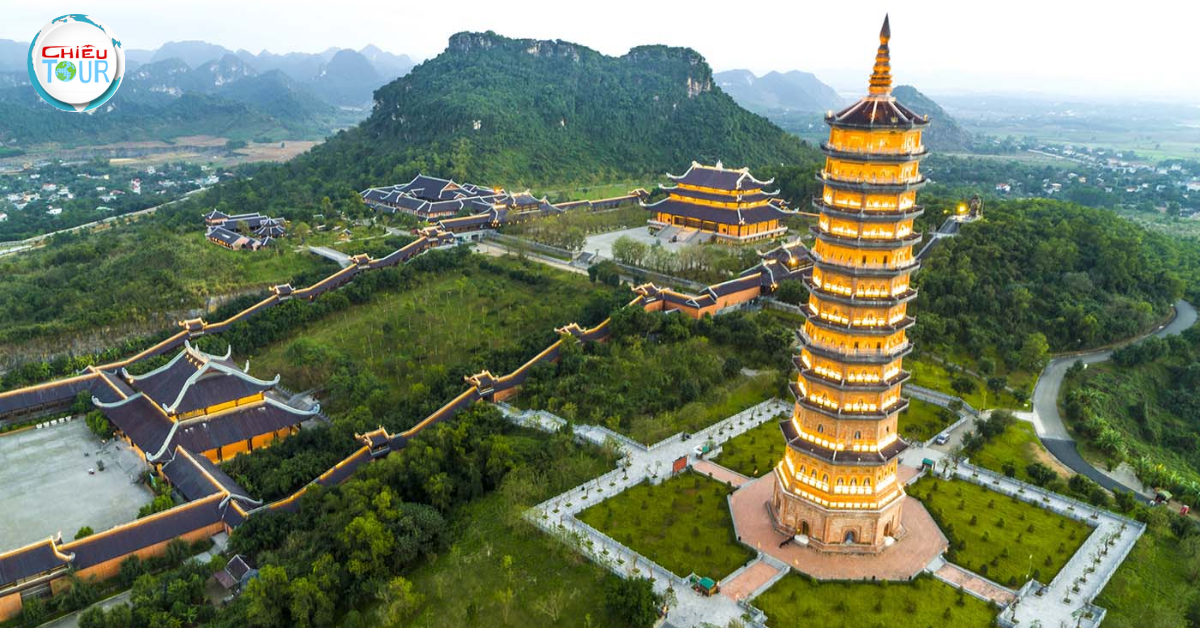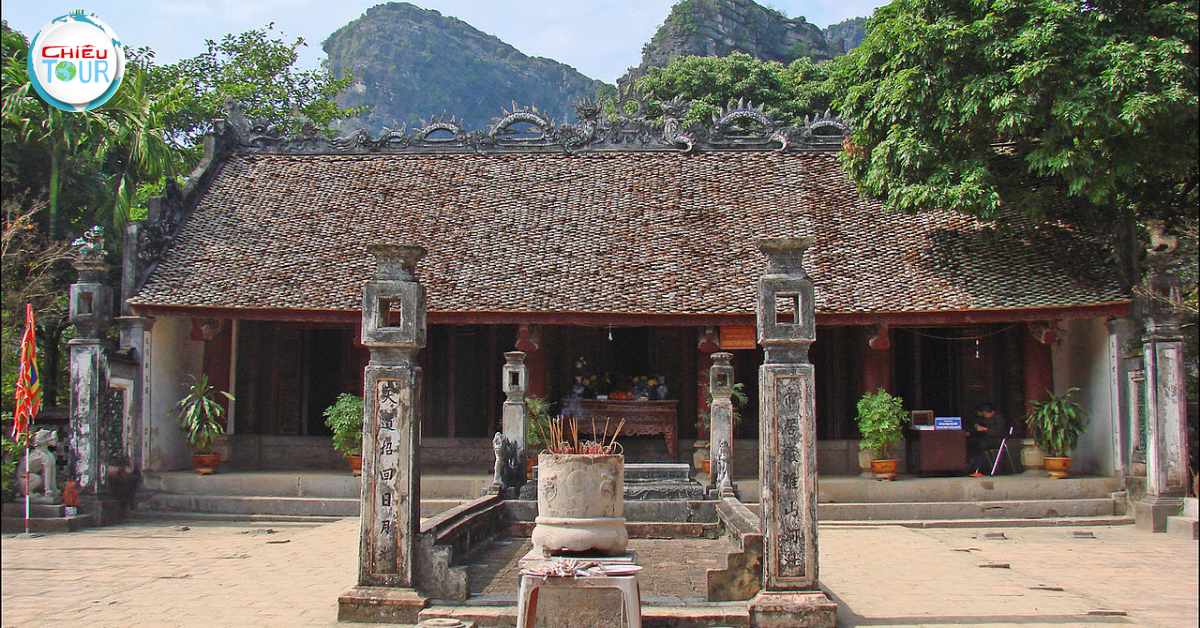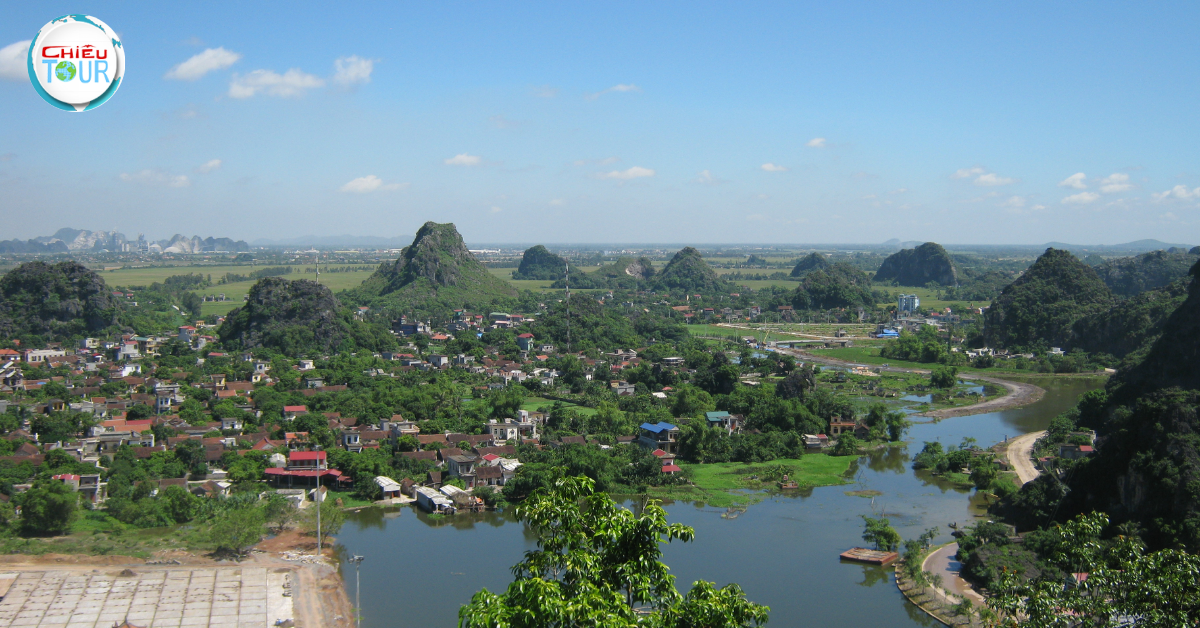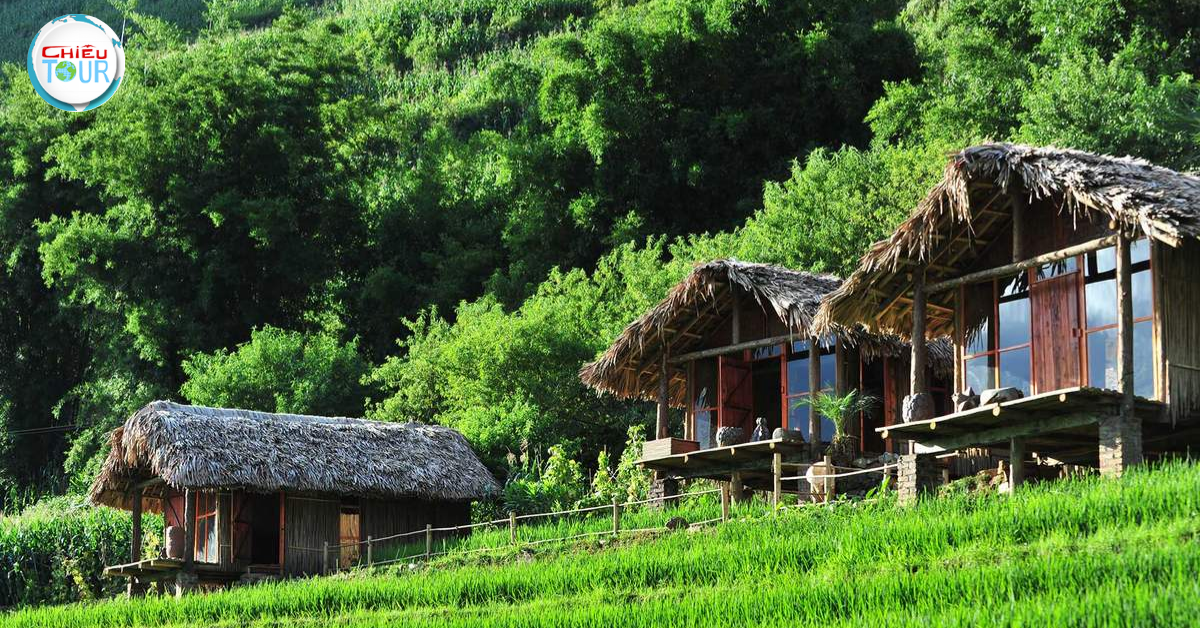The Hoa Lư Ancient Capital
- Author: Admin
- | Hot destination
The Hoa Lư Ancient Capital serves as a significant historical landmark in Vietnam, showcasing the rich tapestry of Vietnamese history during the Dinh and Le dynasties. Nestled in the northern province of Ninh Bình, this ancient capital boasts a wealth of cultural heritage that draws visitors from around the globe. In addition to its stunning landscapes, the area is dotted with ancient temples, relics, and stories that highlight its importance in Vietnamese history.
Hoa Lư Ancient Capital: The Historical Capital of Vietnam During the Dinh and Le Dynasties
Hoa Lư was not merely a political center; it encapsulated the very essence of early Vietnamese civilization. This section will delve into the origins of Hoa Lư, its significance during the Dinh and Le dynasties, and how its legacy continues to influence contemporary Vietnam.

Historical Overview of Hoa Lư
The inception of Hoa Lư as the capital can be traced back to the Dinh dynasty in the 10th century. Located strategically between mountains and rivers, it offered natural protection against invasions. Dinh Bo Linh, the founder of the Dinh dynasty, recognized this ideal location and established it as the capital in 968 AD. The choice was pivotal, as it allowed for rapid consolidation of power against the backdrop of Chinese domination.
In subsequent years, Hoa Lư became the epicenter for political, military, and cultural activities. The Dinh dynasty lasted only a few decades, but it laid the foundations for Vietnam's independence and cultural identity. The architecture of homes, temples, and governance built during this time showcased advanced techniques, blending indigenous styles with influences from neighboring regions.
One key aspect of Hoa Lư’s history is the transition to the Le dynasty, which inherited and expanded upon what the Dinh had created. By the early 15th century, King Lê Lợi moved the capital to Thăng Long, modern-day Hanoi, but Hoa Lư continued to play an essential role in Vietnamese consciousness. The remnants of its glory still stand today for both locals and tourists to admire.

Temples and Architectural Heritage
One cannot discuss the Hoa Lư Ancient Capital without delving into its distinctive architectural heritage. As one strolls through the ancient capital, one encounters various temples dedicated to revered figures of Vietnamese history, such as King Dinh Tien Hoang and King Le Dai Hanh.
The temples themselves are remarkable, constructed using traditional materials like wood and stone, decorated with intricate carvings and symbolic motifs. These elements reflect the craftsmanship and artistry of the period. Each temple tells a story of reverence, showcasing the respect the Vietnamese people have for their ancestors and historical leaders.
Visiting these temples provides insights into the spiritual beliefs of the time. Ancestor worship played a vital role, and the placement of altars and ceremonial spaces within these sacred sites reflects this custom. The architecture also symbolizes the fusion of spirituality and daily life, an integral part of Vietnamese culture that persists today.

Cultural Significance and Legacy
The Hoa Lư Ancient Capital serves as a reminder of Vietnam’s tumultuous journey towards nationhood. The events that transpired here, including battles, proclamations, and ceremonies, are etched into the national psyche. Each structure, each relic, embodies the spirit of resilience that characterizes the Vietnamese people.
Moreover, the historical context of Hoa Lư has influenced literature and art throughout centuries. Writers and poets have drawn inspiration from its beauty, crafting works that celebrate its history. This legacy extends to modern Vietnamese society, where national pride and cultural identity continue to thrive.
Through festivals and commemorative events held at Hoa Lư, contemporary generations honor the past and reinforce their connection to history. Such gatherings foster community spirit, bridging the gap between past and present, demonstrating that despite changing times, the heart and soul of the nation remain unchanged.

Conclusion
The Hoa Lư Ancient Capital stands as a testament to Vietnam's rich and varied history, offering a glimpse into the lives of those who shaped the country during the Dinh and Le dynasties. Through its temples, architecture, and cultural significance, Hoa Lư continues to captivate the hearts and minds of those who visit. It invites us to reflect on our own histories and the importance of preserving cultural landmarks for future generations. As we explore the remnants of this ancient capital, we are reminded of the enduring legacy that shapes our understanding of identity, resilience, and the unbreakable ties to our ancestors.
 Vietnam
Vietnam 





